stitching 全景拼接
本章节内容是博主网上收集的。当前系列所有demo下载地址:
https://github.com/GaoRenBao/OpenCv4-Demo
不同编程语言对应的OpenCv版本以及开发环境信息如下:
语言 | OpenCv版本 | IDE |
C# | OpenCvSharp4.4.8.0.20230708 | Visual Studio 2022 |
C++ | OpenCv-4.5.5-vc14_vc15 | Visual Studio 2022 |
Python | OpenCv-Python (4.6.0.66) | PyCharm Community Edition 2022.1.3 |
参考博客《OpenCV-Python 图像全景拼接stitch及黑边处理》
运行前,需要准备三张图片:
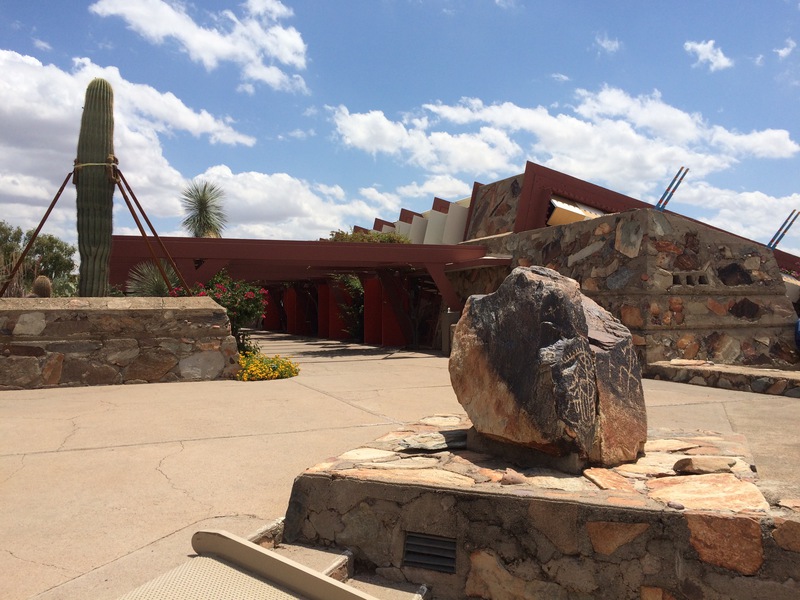
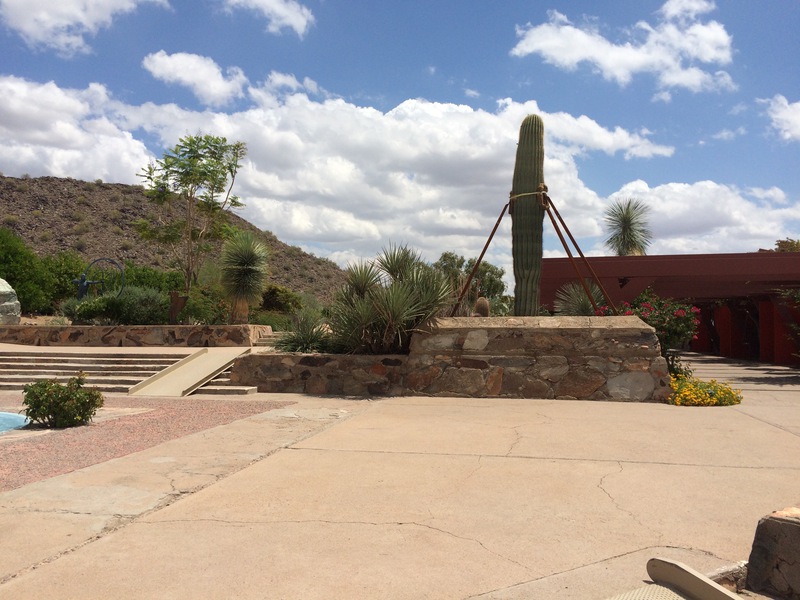
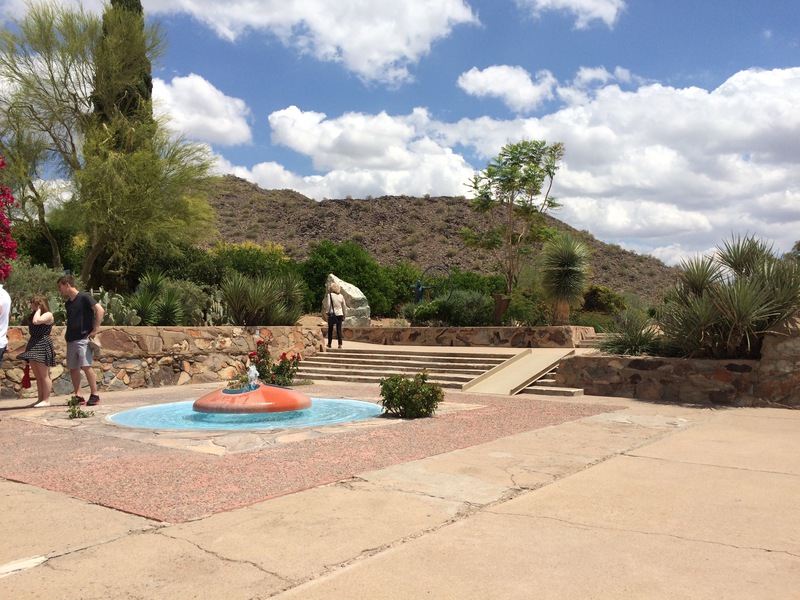
没去掉黑边的拼接效果如下:
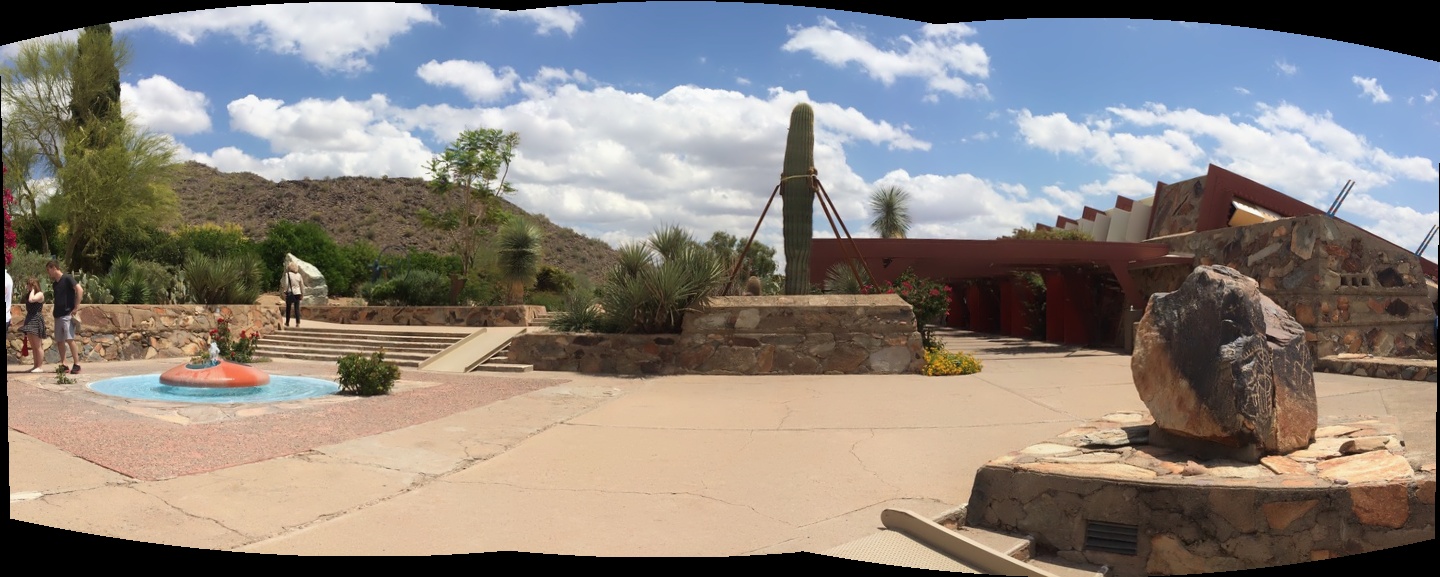
去掉黑边的拼接效果如下:
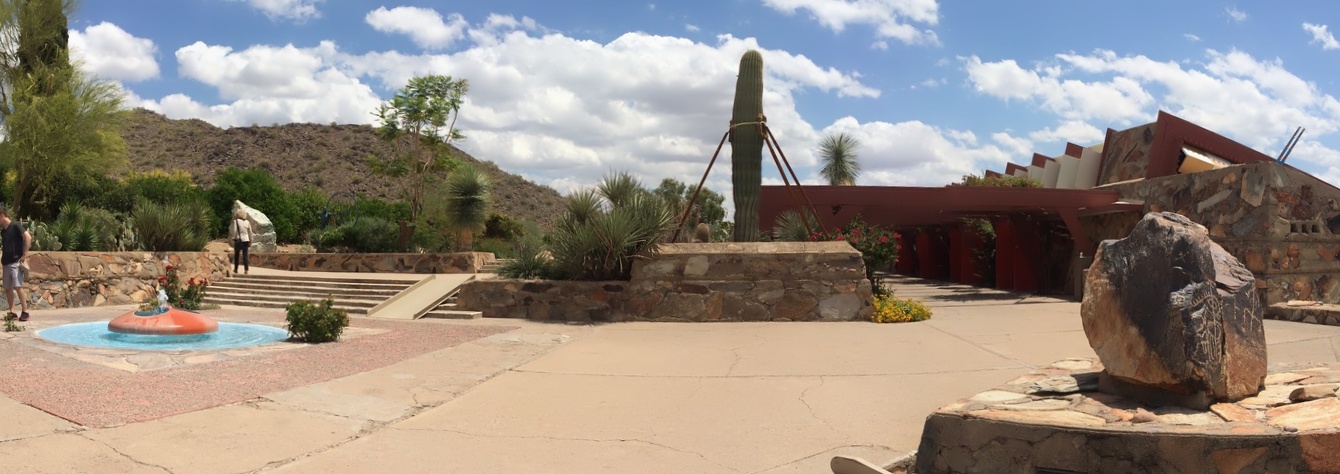
C#版本代码如下:
using OpenCvSharp;
using System.Collections.Generic;
using System;
namespace demo
{
internal class Program
{
static void Main(string[] args)
{
//stitch1();
stitch2();
Cv2.WaitKey(0);
}
/// <summary>
/// 全景拼接,去掉黑边
/// </summary>
private static void stitch1()
{
List<Mat> imgs = new List<Mat>();
Mat img1 = Cv2.ImRead("../../../images/stitching1.jpg");
Mat img2 = Cv2.ImRead("../../../images/stitching2.jpg");
Mat img3 = Cv2.ImRead("../../../images/stitching3.jpg");
imgs.Add(img1);
imgs.Add(img2);
imgs.Add(img3);
Mat pano = new Mat();
Stitcher stitcher = Stitcher.Create();
Stitcher.Status status = stitcher.Stitch(imgs, pano);
if (status != Stitcher.Status.OK)
{
Console.WriteLine($"Can't stitch images, error code = {status}");
Console.Read();
return;
}
// 全景图轮廓提取
Mat stitched = new Mat();
Mat gray = new Mat();
Mat thresh = new Mat();
Cv2.CopyMakeBorder(pano, stitched, 10, 10, 10, 10, BorderTypes.Constant, new Scalar(0, 0, 0));
Cv2.CvtColor(stitched, gray, ColorConversionCodes.BGR2GRAY);
Cv2.Threshold(gray, thresh, 0, 255, ThresholdTypes.Binary);
//定义轮廓和层次结构
Point[][] cnts = new Point[][] { };
HierarchyIndex[] hierarchy;
Cv2.FindContours(thresh, out cnts, out hierarchy, RetrievalModes.External, ContourApproximationModes.ApproxSimple, null);
// 创建单通道黑色图像, 轮廓最小正矩形
Mat mask = new Mat(thresh.Size(), MatType.CV_8U, new Scalar(0, 0, 0));
// 取出list中的轮廓二值图
Rect boundRect = Cv2.BoundingRect(cnts[0]);
//绘制矩形
Cv2.Rectangle(mask, boundRect.TopLeft, boundRect.BottomRight, new Scalar(255, 255, 255), -1);
// 腐蚀处理,直到minRect的像素值都为0
Mat minRect = new Mat();
Mat sub = new Mat();
mask.CopyTo(minRect);
mask.CopyTo(sub);
while (Cv2.CountNonZero(sub) > 0)
{
// 行腐蚀操作
Mat element = Cv2.GetStructuringElement(MorphShapes.Rect, new Size(5, 5));
Cv2.Erode(minRect, minRect, element);
Cv2.Subtract(minRect, thresh, sub);
}
// 提取minRect轮廓并裁剪
Cv2.FindContours(minRect, out cnts, out hierarchy, RetrievalModes.External, ContourApproximationModes.ApproxSimple, new Point(0, 0));
boundRect = Cv2.BoundingRect(cnts[0]);
stitched = new Mat(stitched, boundRect);
Cv2.ImShow("result1", stitched);
}
/// <summary>
/// 全景拼接,没去黑边
/// </summary>
private static void stitch2()
{
List<Mat> imgs = new List<Mat>();
Mat img1 = Cv2.ImRead("../../../images/stitching1.jpg");
Mat img2 = Cv2.ImRead("../../../images/stitching2.jpg");
Mat img3 = Cv2.ImRead("../../../images/stitching3.jpg");
imgs.Add(img1);
imgs.Add(img2);
imgs.Add(img3);
Mat pano = new Mat();
Stitcher stitcher = Stitcher.Create();
Stitcher.Status status = stitcher.Stitch(imgs, pano);
if (status != Stitcher.Status.OK)
{
Console.WriteLine($"Can't stitch images, error code = {status}");
Console.Read();
return;
}
Cv2.ImShow("result2", pano);
}
}
}
C++版本代码如下:
#include <iostream>
#include <fstream>
#include <opencv2/core/core.hpp>
#include "opencv2/highgui/highgui.hpp"
#include "opencv2/stitching.hpp"
#include<Windows.h>
using namespace std;
using namespace cv;
/// <summary>
/// 全景拼接,去掉黑边
/// </summary>
void stitch1()
{
vector<Mat> imgs;
Mat img1 = imread("../images/stitching1.jpg");
Mat img2 = imread("../images/stitching2.jpg");
Mat img3 = imread("../images/stitching3.jpg");
imgs.push_back(img1);
imgs.push_back(img2);
imgs.push_back(img3);
Mat pano;
Ptr<Stitcher> stitcher = Stitcher::create();
Stitcher::Status status = stitcher->stitch(imgs, pano);
if (status != Stitcher::OK)
{
cout << "Can't stitch images, error code = " << status << endl;
return;
}
// 全景图轮廓提取
Mat stitched, gray, thresh;
copyMakeBorder(pano, stitched, 10, 10, 10, 10, BORDER_CONSTANT, (0, 0, 0));
cvtColor(stitched, gray, COLOR_BGR2GRAY);
threshold(gray, thresh, 0, 255, THRESH_BINARY);
//定义轮廓和层次结构
vector<vector<Point>> cnts;
vector<Vec4i> hierarchy;
findContours(thresh, cnts, hierarchy, RETR_EXTERNAL, CHAIN_APPROX_SIMPLE);
// 创建单通道黑色图像, 轮廓最小正矩形
Mat mask(thresh.rows, thresh.cols, CV_8U);
mask = Scalar::all(0);
// 取出list中的轮廓二值图
Rect boundRect = boundingRect(Mat(cnts[0]));
//绘制矩形
rectangle(mask, boundRect.tl(), boundRect.br(), Scalar(255, 255, 255), -1, 8, 0);
// 腐蚀处理,直到minRect的像素值都为0
Mat minRect, sub;
mask.copyTo(minRect);
mask.copyTo(sub);
while (countNonZero(sub) > 0) {
// 行腐蚀操作
Mat element = getStructuringElement(MORPH_RECT, Size(5, 5));
erode(minRect, minRect, element);
subtract(minRect, thresh, sub);
}
// 提取minRect轮廓并裁剪
findContours(minRect, cnts, hierarchy, RETR_EXTERNAL, CHAIN_APPROX_SIMPLE, Point(0, 0));
boundRect = boundingRect(cnts[0]);
// 裁剪
stitched = stitched(boundRect);
imshow("result1", stitched);
imwrite("result1.jpg", stitched);
}
/// <summary>
/// 全景拼接,没去黑边
/// </summary>
void stitch2()
{
vector<Mat> imgs;
Mat img1 = imread("../images/stitching1.jpg");
Mat img2 = imread("../images/stitching2.jpg");
Mat img3 = imread("../images/stitching3.jpg");
imgs.push_back(img1);
imgs.push_back(img2);
imgs.push_back(img3);
Mat pano;
Ptr<Stitcher> stitcher = Stitcher::create();
Stitcher::Status status = stitcher->stitch(imgs, pano);
if (status != Stitcher::OK)
{
cout << "Can't stitch images, error code = " << status << endl;
return;
}
imshow("result2", pano);
imwrite("result2.jpg", pano);
}
int main()
{
stitch1();
stitch2();
waitKey();
destroyAllWindows();
return 0;
}
Python版本代码如下:
import cv2
import numpy as np
# 全景拼接,去掉黑边
def stitch1(image):
# 图像拼接
# stitcher = cv2.createStitcher(False) # OpenCV 3.X.X.X使用该方法
stitcher = cv2.Stitcher_create(cv2.Stitcher_PANORAMA) # OpenCV 4.X.X.X使用该方法,cv2.Stitcher_create()也可以
status, pano = stitcher.stitch(image)
# 黑边处理
if status == cv2.Stitcher_OK:
# 全景图轮廓提取
stitched = cv2.copyMakeBorder(pano, 10, 10, 10, 10, cv2.BORDER_CONSTANT, (0, 0, 0))
gray = cv2.cvtColor(stitched, cv2.COLOR_BGR2GRAY)
thresh = cv2.threshold(gray, 0, 255, cv2.THRESH_BINARY)[1]
cnts = cv2.findContours(thresh, cv2.RETR_EXTERNAL, cv2.CHAIN_APPROX_SIMPLE)[0]
# 轮廓最小正矩形
mask = np.zeros(thresh.shape, dtype="uint8")
(x, y, w, h) = cv2.boundingRect(cnts[0]) # 取出list中的轮廓二值图,类型为numpy.ndarray
cv2.rectangle(mask, (x, y), (x + w, y + h), 255, -1)
# 腐蚀处理,直到minRect的像素值都为0
minRect = mask.copy()
sub = mask.copy()
while cv2.countNonZero(sub) > 0:
minRect = cv2.erode(minRect, None)
sub = cv2.subtract(minRect, thresh)
# 提取minRect轮廓并裁剪
cnts = cv2.findContours(minRect, cv2.RETR_EXTERNAL, cv2.CHAIN_APPROX_SIMPLE)[0]
(x, y, w, h) = cv2.boundingRect(cnts[0])
stitched = stitched[y:y + h, x:x + w]
cv2.imshow('stitched1', stitched)
else:
print('图像匹配的特征点不足')
# 全景拼接,没去黑边
def stitch2(image):
# 图像拼接
# stitcher = cv2.createStitcher(False) # OpenCV 3.X.X.X使用该方法
stitcher = cv2.Stitcher_create(cv2.Stitcher_PANORAMA) # OpenCV 4.X.X.X使用该方法,cv2.Stitcher_create()也可以
status, pano = stitcher.stitch(image)
if status == cv2.Stitcher_OK:
cv2.imshow('stitched2', pano)
else:
print('图像匹配的特征点不足')
if __name__ == "__main__":
image1 = cv2.imread('ng1.jpg')
image2 = cv2.imread('ng2.jpg')
image3 = cv2.imread('ng3.jpg')
image = image1, image2, image3
stitch1(image)
# stitch2(image)
cv2.waitKey(0)
cv2.destroyAllWindows()








